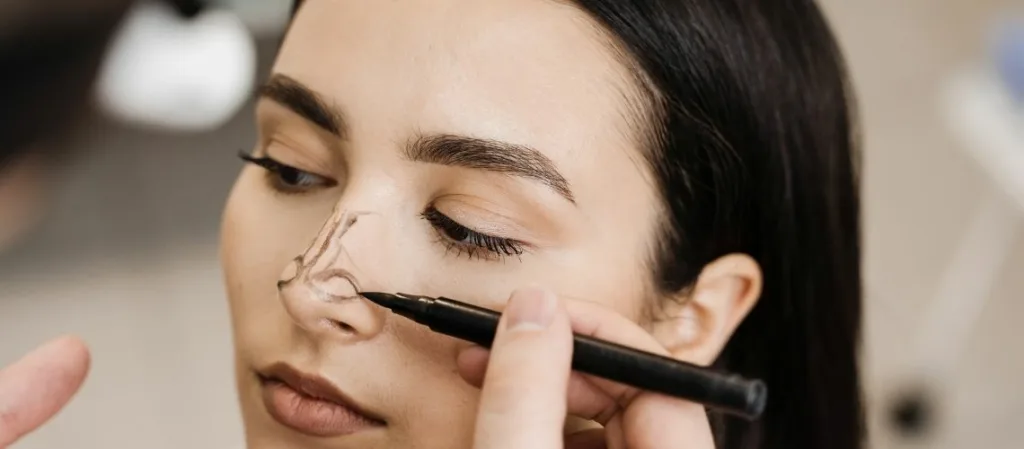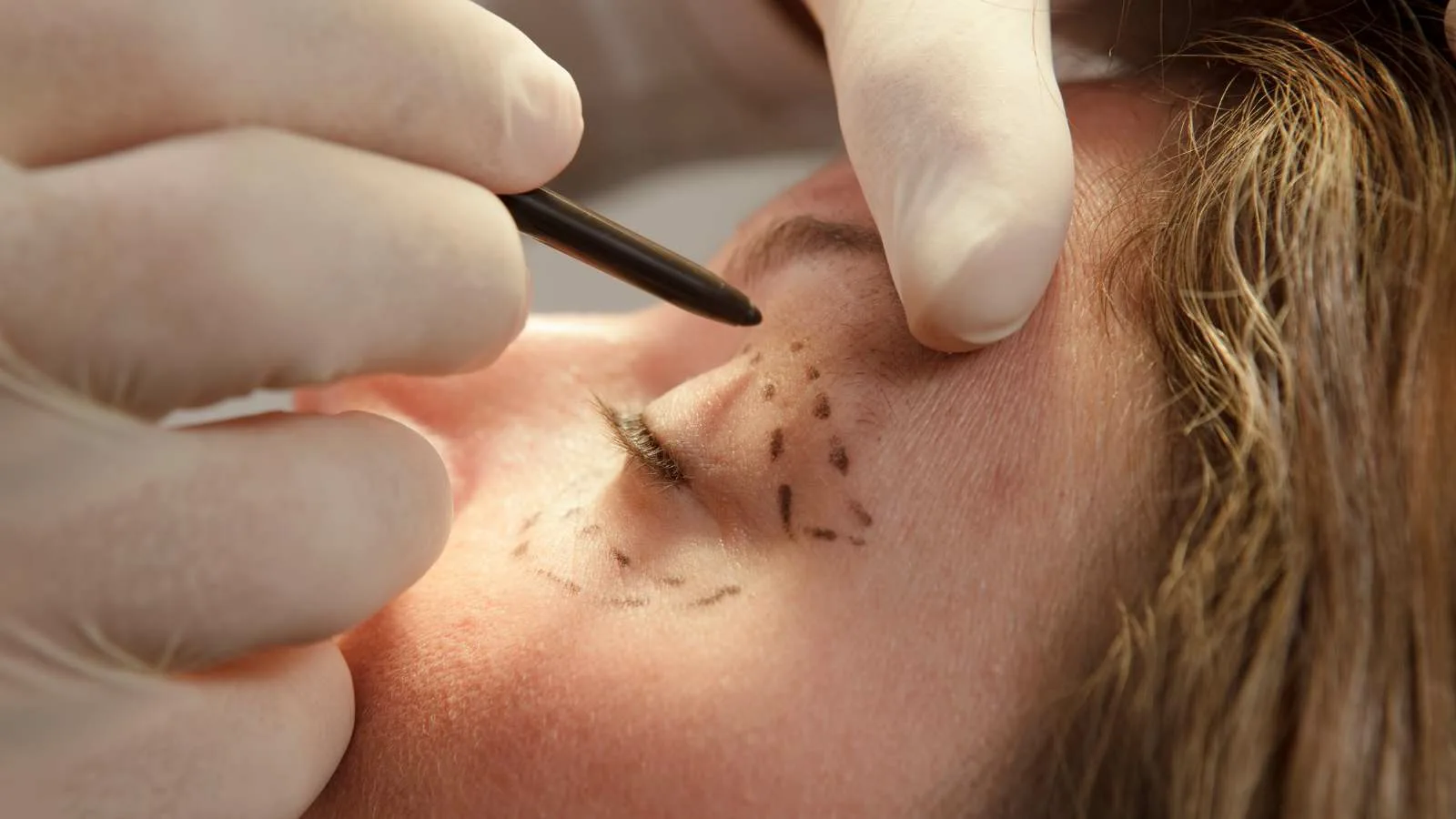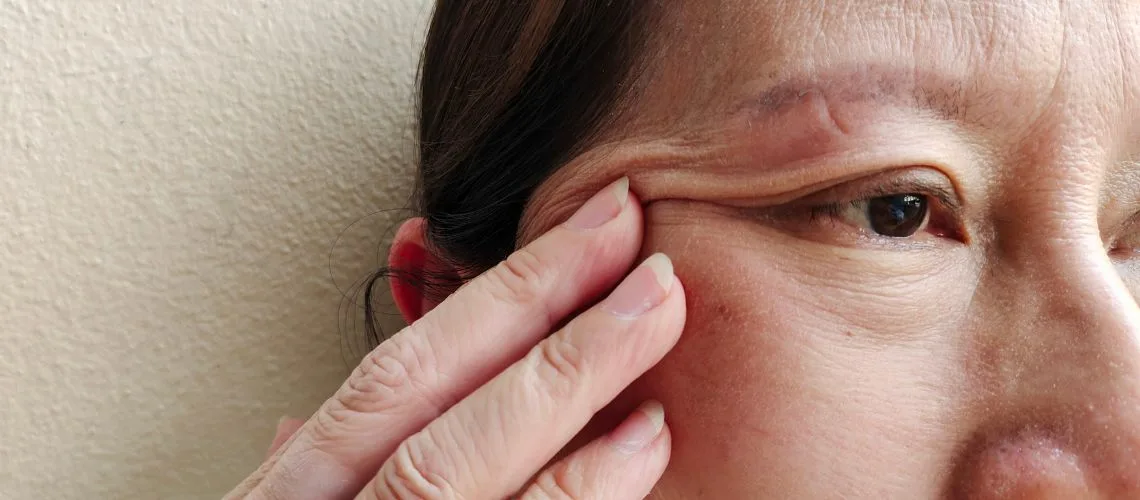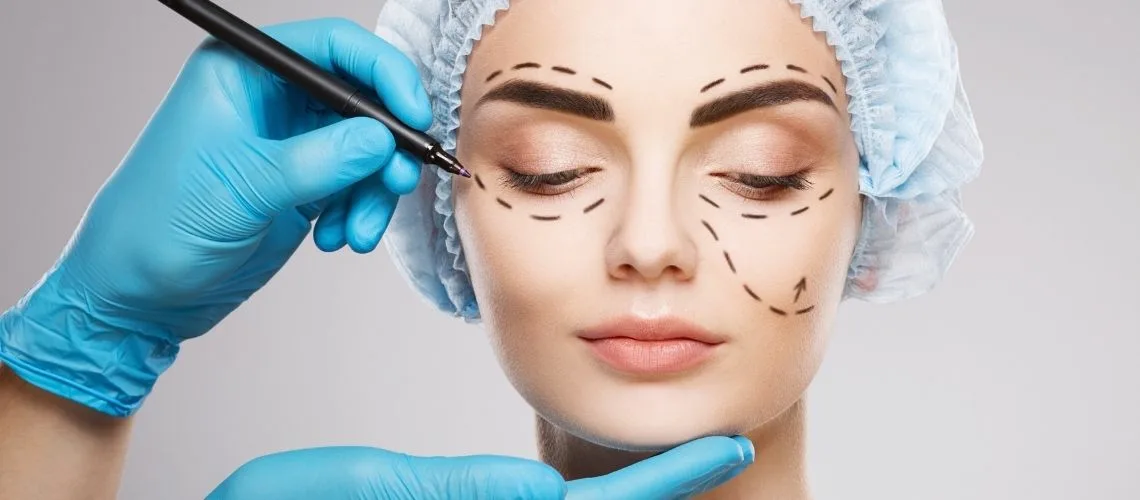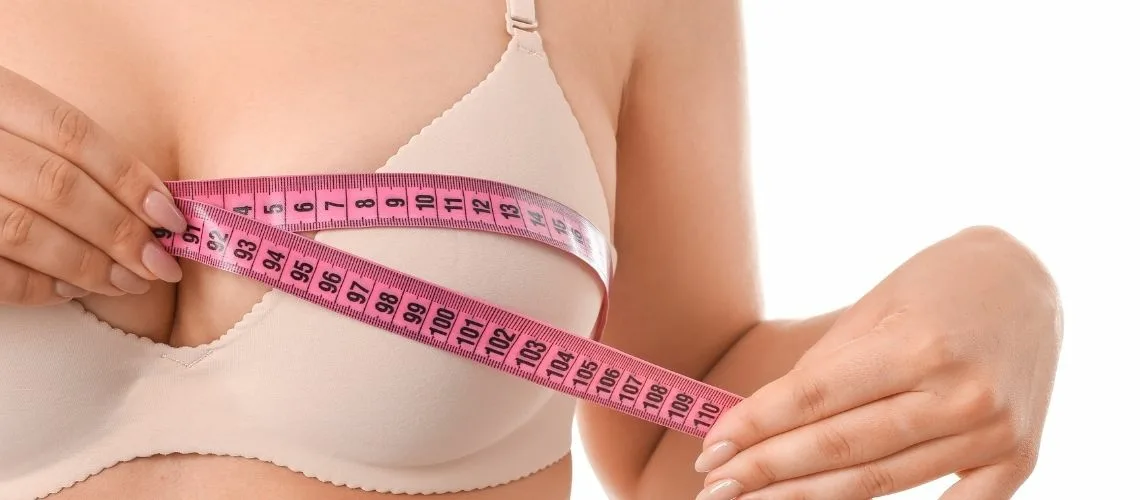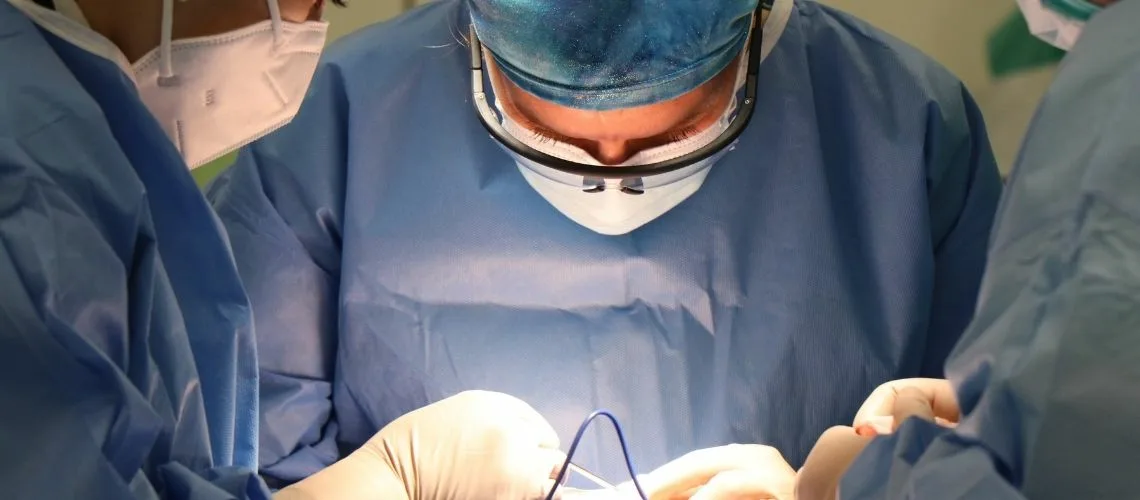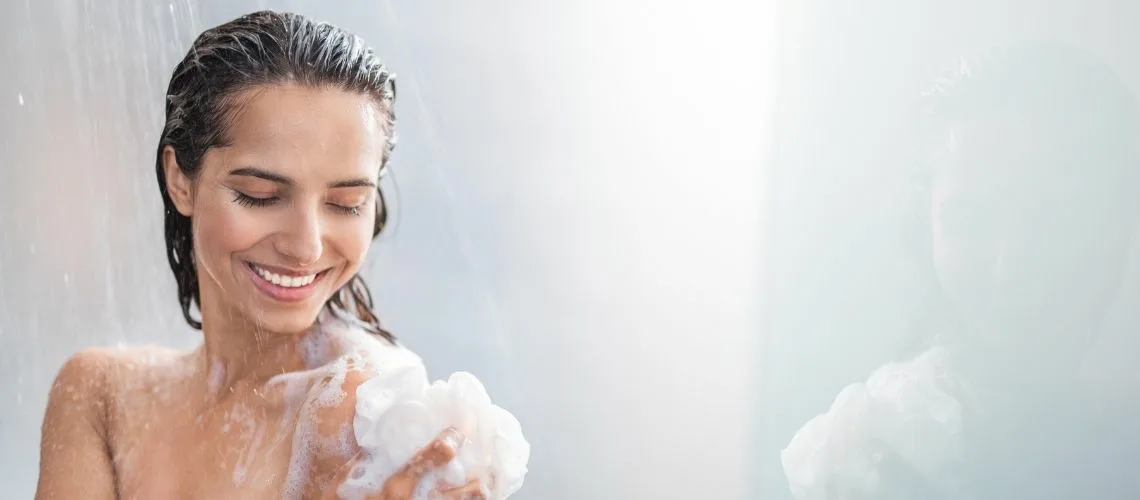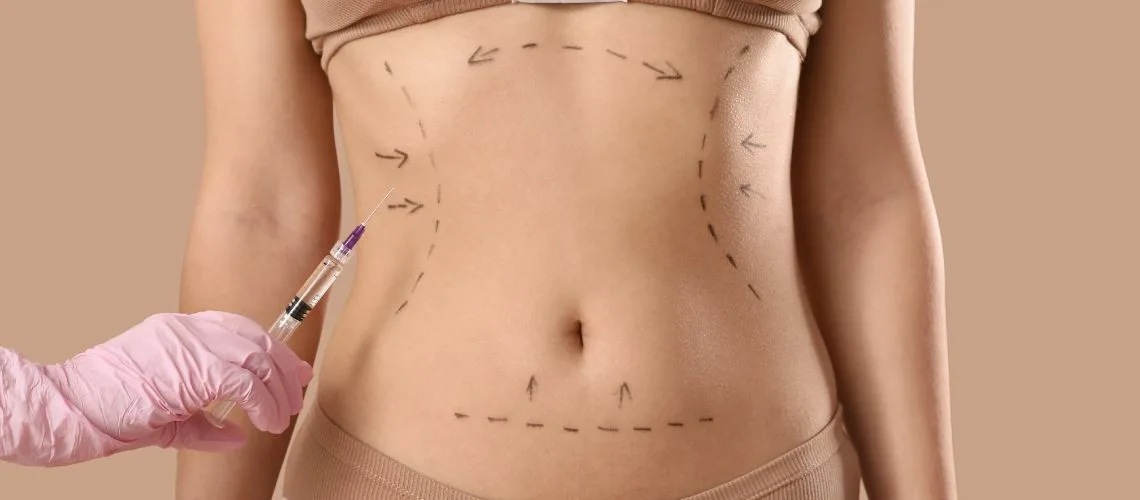Rhinoplasty is a surgical method that both enhances overall facial harmony and resolves functional problems. Sometimes, however, the desired result is not fully achieved in the first operation, or structural changes over time may lead to various complications. This is where “revision rhinoplasty” comes into play. Although the term “revision” literally means “second correction,” it can also refer to a third or even further surgery, depending on the patient’s needs. The goal is to correct issues overlooked in the first operation or those that developed later, bringing both the aesthetic appearance and nasal functions to their most ideal level.
What Are the Common Functional Issues That Require Revision Rhinoplasty?
After a primary (first) nose surgery, some patients may develop unexpected functional complaints. Chief among these functional problems are breathing difficulties that can be summarized as “not being able to breathe comfortably through the nose.” Though it may appear to be a simple nasal obstruction from the outside, it not only lowers a person’s quality of social life but also negatively affects many aspects—from sleep to daily exercise. Among the main causes of functional problems are excessive cuts in the nasal cartilage or bone, tissue removal, and disruption of the balance of the internal nasal support structures. The nose can be likened to a complex “skeleton system”; just as the removal of a few columns in a building weakens the structure, disrupting this balance in the nose hinders airflow.
- Nasal Valve Issues (Internal and External Valve Narrowing): “Nasal valves” are the narrowest and most critical regions of the nasal cavity. If airflow through these areas is hindered, the person has difficulty breathing. In the first surgery, removing too much cartilage or positioning it at incorrect angles can narrow, rather than widen, the airway. Incorrect maneuvers on the cartilage at the nasal tip can also impact the external nasal valve, causing both aesthetic and functional problems.
- Septal Deviation and Inadequate Correction: If a septal deviation is insufficiently corrected in the primary surgery, or postoperative tissue healing pushes the septum back into a crooked position, the patient may struggle to breathe. This is akin to a main wall of a building becoming askew—if the foundation is not in the right place, the rest of the structure cannot function properly.
- Mid-Vault Collapse: The mid-vault of the nasal dorsum plays a key role in breathing and maintaining nasal shape. Excessive tissue removal here, or leaving inadequate support post-surgery, predisposes the area to collapse. Imagine a thin bridge sinking under traffic: the result in the nose is similar, disrupting airflow inside and creating visible “crooking” or depression outside.
- Weak Cartilage Support: One of the biggest causes of functional problems is inadequate support or misplacement of the cartilage in the nasal tip and sidewalls. This is particularly evident when the soft-tissue component is strong but the skeletal support is insufficient. If the nasal sidewalls collapse inward while breathing, it can even be visible from the outside.
- The Role of Allergic or Other Medical Conditions: Some patients complain that pre-existing chronic issues such as allergic rhinitis or sinusitis become more pronounced after surgery. The operation itself is not the direct cause, but underlying anatomic changes or prolonged postoperative healing can exacerbate existing symptoms. Therefore, a thorough preoperative evaluation is essential.
How Are Breathing Difficulties After Primary Rhinoplasty Resolved with Revision Surgery?
Difficulty breathing after the first operation is one of the most common reasons patients seek revision surgery. Feeling short of breath even when climbing stairs or having to breathe through the mouth at night due to nasal blockage greatly reduces quality of life. This generally stems from “overdone” or “imbalanced” intervention in the nose’s natural structures. Below are details on how this problem is solved:
Nasal Valve Reconstruction:
- In the first operation, the supporting cartilage in the nasal valve region may have been overly removed or incorrectly positioned. Think of the nasal valve as the “bottleneck” of the nose; like a narrowed tunnel entrance, the structures here are critical for regulating airflow. If the tunnel walls collapse inward, breathing becomes difficult. In revision surgery, cartilage grafts taken from the patient’s own septum, ear, or rib are used to rebuild this valve region, eliminating the narrowing that impedes airflow.
Septoplasty and Additional Procedures:
- If septal deviation was not fully corrected in the primary operation—or if postoperative healing tissues re-displaced the septum—an additional septoplasty may be required during revision. This is comparable to straightening a crooked wall. The goal is to align the nasal airway along the correct axis. Techniques such as “spreader grafts” may also be applied to stabilize the mid-vault of the nasal dorsum.
Removal of Scar Tissue and Adhesions:
- Postoperative healing can develop adhesions (synechiae) that partially or completely block the internal nasal passages, reducing airflow. In revision rhinoplasty the surgeon gently releases these adhesions, sometimes inserting additional tissue to prevent them from reforming—much like widening a narrowed road.
Restoring Alar (Nasal Sidewall) Support:
- Excessive narrowing of the nasal sidewalls or incorrect positioning of the alar cartilage in the primary surgery can cause them to collapse inward during breathing, leading to a “pinched” nasal tip and restricting airflow. Using alar batten grafts or other cartilage supports, this area is reinforced.
Managing Allergic Reactions After Rhinoplasty:
- For patients with pre-existing chronic issues such as allergic rhinitis or sinusitis, the postoperative course can be more complex. During revision, special precautions are taken: for instance, minimizing mucosal trauma in surgery and supporting the postoperative period with specific sprays or medications.
Is Revision Rhinoplasty Necessary Due to Abnormal Scar Tissue Formation?
After every surgery, the body’s natural healing process results in scar tissue. Occasionally, scar tissue can develop excessively or in unexpected areas. Such tissue can distort appearance and cause functional issues inside the nose. “Abnormal scar tissue” (e.g., hypertrophic scars or keloid tendency) that emerges after a primary rhinoplasty is a significant reason for revision.
Scar Tissue and Tissue Firmness:
- Due to genetic predisposition or skin properties, some individuals accumulate excess collagen during healing, causing scar tissue to form a hard mass. This can distort the nasal tip or dorsum—like “extra mortar piled up in the wrong place,” blurring the refined contours desired in surgery.
Internal Adhesions (Synechiae) and Functional Effects:
- Scar tissue and adhesions inside the nose can narrow air passages, causing obstruction. These adhesions act like a “curtain,” not only blocking airflow but also disrupting healthy mucous secretion. During revision, micro-instruments release these adhesions; special barrier materials or grafts help prevent re-formation.
Cosmetically Unpleasant Scar Formation:
- Visible, raised, red, or discolored scars can appear on the external nasal skin or near the nostril rims, undermining visual success. In some cases, local steroid injections or laser therapy can soften these scars, but more advanced cases may require surgical revision.
Factors Triggering Scar-Tissue Formation:
- Smoking: Nicotine reduces blood flow, impairing wound healing and increasing abnormal scar risk.
- Skin Type and Genetic Predisposition: Thick-skinned patients or those prone to keloids may develop more noticeable scars.
- Infection and Trauma: Infections or nasal trauma during healing can disrupt wound repair, leading to uncontrolled scar formation.
Revision Surgery Approach:
- When revision is needed for abnormal scar tissue, the first step is to determine its location and extent. Excess scar tissue is surgically removed or thinned, and fine cartilage grafts may be inserted under the skin for contour correction. Follow-up treatments—steroid injections, silicone sheeting, or low-level light therapies (e.g., laser)—can help prevent recurrence.
Can an Unnatural Appearance Be a Reason for Revision Rhinoplasty?
Many patients approach rhinoplasty hoping for a “natural result,” not an obviously “operated” look. Yet sometimes the first surgery yields issues such as an overly upturned tip, an excessively scooped dorsum, or asymmetry when viewed from the front. These concerns heighten aesthetic anxiety, undermine self-confidence, and often lead to requests for revision.
Over-Scooped or Overly Upturned Nose:
- Removing too much bone and cartilage during surgery can create an overly upturned or scooped “ski-jump” nasal profile. This disrupts facial harmony and looks artificial, occasionally causing a person to barely recognize themselves in photos or the mirror.
Polly-Beak Deformity:
- If insufficient tissue was removed just above the nasal tip (“supratip”) or if postoperative edema accumulates excessively, a hump-like swelling may remain on the dorsum. From the side, it resembles a “parrot’s beak,” hence the name. While this can stem from edema, persistent prominence after swelling subsides often necessitates revision.
Asymmetric Nasal Tip or Sidewalls:
- The nasal tip requires maximum precision; small errors or uneven tissue removal can cause noticeable asymmetry. If one sidewall is narrowed more than the other, frontal asymmetry results. Visualize a picture frame hanging askew: even a minor shift alters the entire perception.
Artificial Appearance When Smiling or Talking:
- A nose’s natural look isn’t assessed only at rest or in profile photos; facial expressions constantly change in daily life. An overly rigid or immobile nasal tip when smiling or speaking is a frequent complaint. Revision may involve minor adjustments to muscle-skin connections to restore natural movement.
Planning Revision Surgery:
- Correct Timing: It is generally recommended to wait at least 6–12 months after the first surgery, as the nose needs time for swelling to resolve and shape to stabilize.
- Realistic Expectations: Patients must clearly understand achievable outcomes. Nasal anatomy, skin type, and overall facial proportions affect revision success.
- Cartilage and Soft-Tissue Support: Cartilage removed excessively can be replaced using cartilage from the ear or rib—much like reinforcing a weakened structure with new beams.
An unnatural appearance can affect a patient’s psychology. When expectations from the primary surgery are unmet, some patients become shy in social interactions or dislike their photos. Hence, revision surgery becomes not merely a “cosmetic touch-up” but a step toward restoring self-esteem and emotional comfort.
Can Cartilage or Bone Collapse Be Corrected with Revision Rhinoplasty?
The nose is a delicate anatomical system in which bone and cartilage work together. Errors or excessive intervention in the first surgery can cause these structures to collapse over time. Although “collapse” sounds dramatic, it simply means loss of support in any nasal region. For instance, removing too much cartilage from the nasal dorsum can create a sunken appearance in the middle of the nose. Similarly, incorrect cutting and inadequate support of nasal tip cartilage can lead to “tip droop” or “pinch tip.” Can these issues be corrected with revision surgery? Yes—often they can, but success depends on tissue condition and surgical expertise.
- Cartilage Collapse and Repair Methods:
Alar Cartilage Collapse: When support in the nasal sidewalls is insufficient, nostrils may narrow markedly or the sides may collapse inward—especially noticeable during inhalation. In revision, “alar batten grafts” using cartilage from the ear or rib reinforce the sidewalls, similar to adding beams to strengthen a weak bridge.
Nasal Tip Support: Excessive removal of tip cartilage can cause the nose to lose its underlying support, resulting in tip droop or a pinched appearance. Revision reconstructs a new framework using cartilage from the septum or rib.
- Bone-Tissue Problems:
Irregularities in the Nasal Bone Roof: Over-rasping or step-offs at the healing line can create a corrugated appearance in the dorsal bones. Revision re-shapes these areas or adds small grafts as needed.
Lateral Bone Support and Width Adjustment: Sometimes nasal bones are narrowed too much—or conversely left too wide—in the primary surgery. An overly narrow nose causes both breathing difficulty and an artificial look. Revision may involve re-breaking the bones (osteotomy) to set them in a better position.
- Graft Selection and Placement:
The most commonly used material in revision surgery is “autologous” (the patient’s own) cartilage. If septal cartilage is insufficient, ear or rib cartilage is used. Rib (“costal”) cartilage provides large amounts of material, vital when extensive reconstruction is needed—like having big stones for rebuilding. Although synthetic materials or processed grafts are sometimes used, they carry higher long-term risks of infection or rejection, so the patient’s own tissue is preferred whenever possible.
- Healing Process and Expectations:
In revisions addressing major structural issues like cartilage or bone collapse, healing takes longer and swelling is greater because the operation involves more detailed work—lifting soft tissue and transferring tissue. Rebuilding key supports in the nose is akin to reconstructing a building’s columns—far more complex than a simple renovation.
- Long-Term Stability:
After collapsed regions are rebuilt, proper placement and postoperative protection ensure stability. Patients must protect the nose from impact, avoid glasses for a period, and follow any recommended massage or care instructions to preserve results.

Op. Dr. Erman Ak is an internationally experienced specialist known for facial, breast, and body contouring surgeries in the field of aesthetic surgery. With his natural result–oriented surgical philosophy, modern techniques, and artistic vision, he is among the leading names in aesthetic surgery in Türkiye. A graduate of Hacettepe University Faculty of Medicine, Dr. Ak completed his residency at the Istanbul University Çapa Faculty of Medicine, Department of Plastic, Reconstructive and Aesthetic Surgery.
During his training, he received advanced microsurgery education from Prof. Dr. Fu Chan Wei at the Taiwan Chang Gung Memorial Hospital and was awarded the European Aesthetic Plastic Surgery Qualification by the European Board of Plastic Surgery (EBOPRAS). He also conducted advanced studies on facial and breast aesthetics as an ISAPS fellow at the Villa Bella Clinic (Italy) with Prof. Dr. Giovanni and Chiara Botti.
Op. Dr. Erman Ak approaches aesthetic surgery as a personalized art, tailoring each patient’s treatment according to facial proportions, skin structure, and natural aesthetic harmony. His expertise includes deep-plane face and neck lift, lip lift, buccal fat removal (bichectomy), breast augmentation and lifting, abdominoplasty, liposuction, BBL, and mommy makeover. He currently provides safe, natural, and holistic aesthetic treatments using modern techniques in his private clinic in Istanbul.

